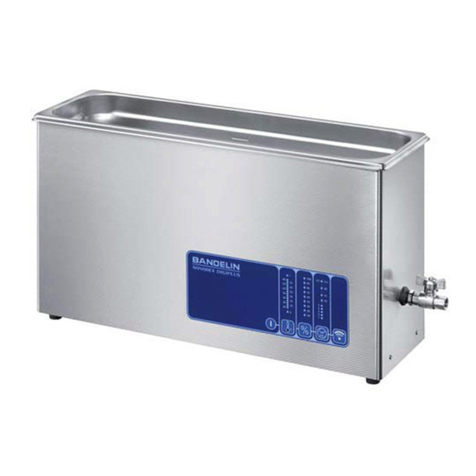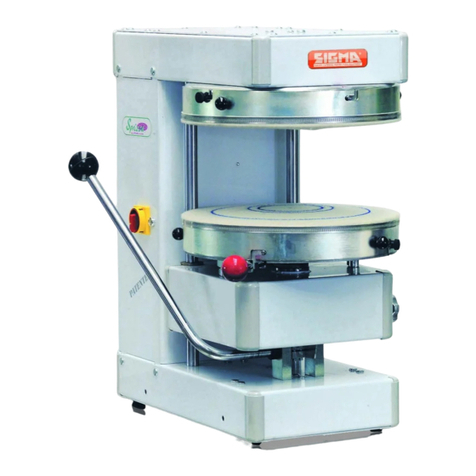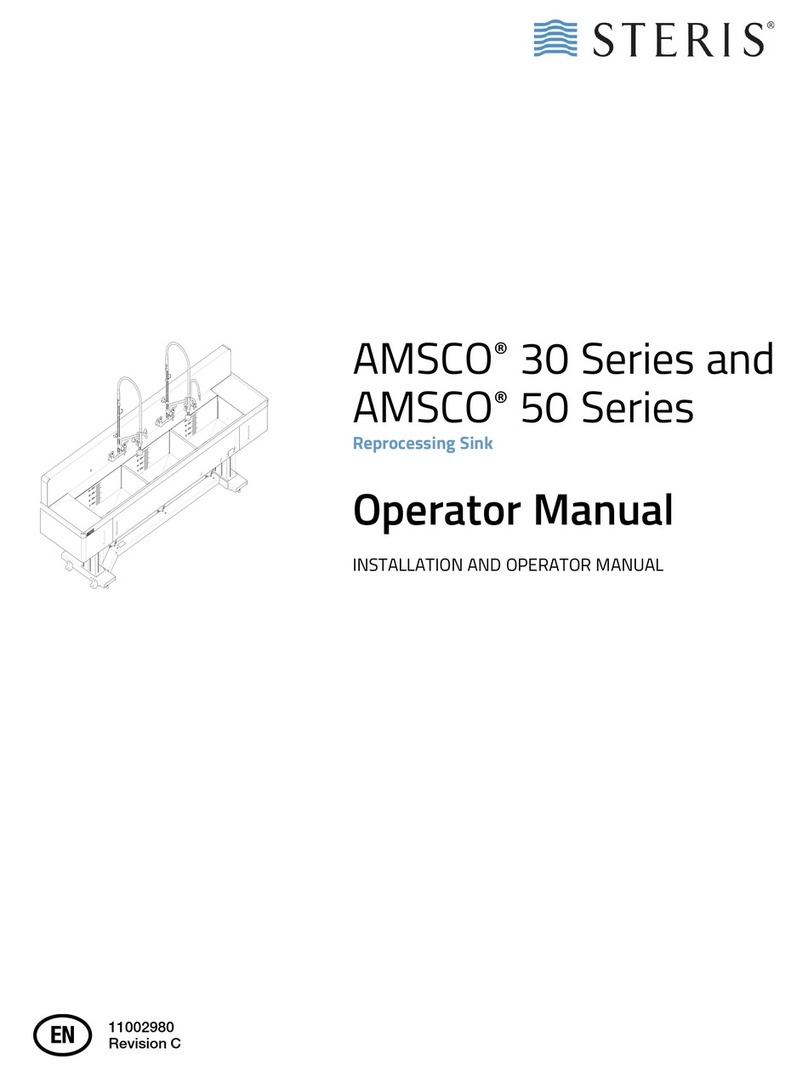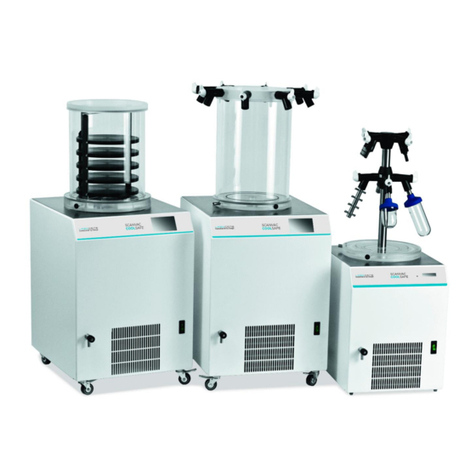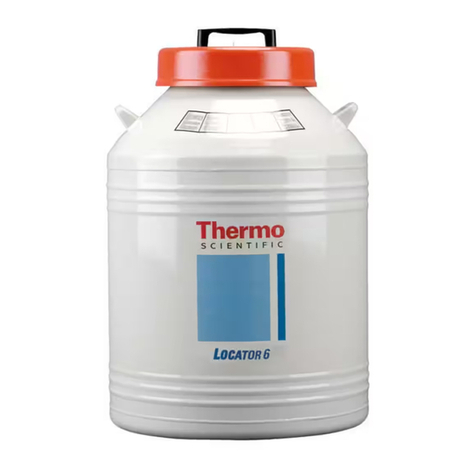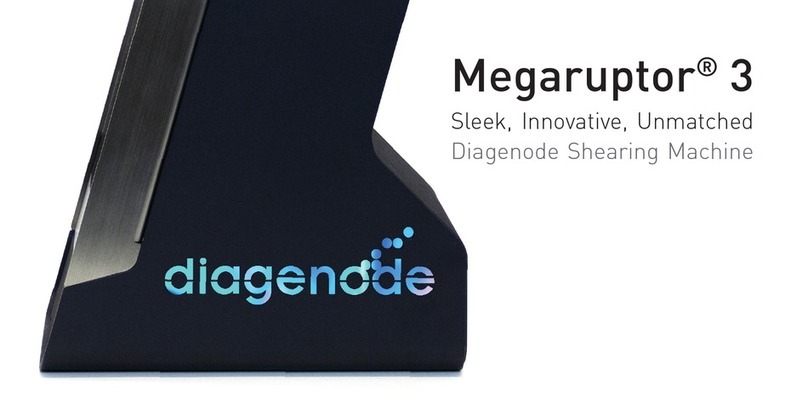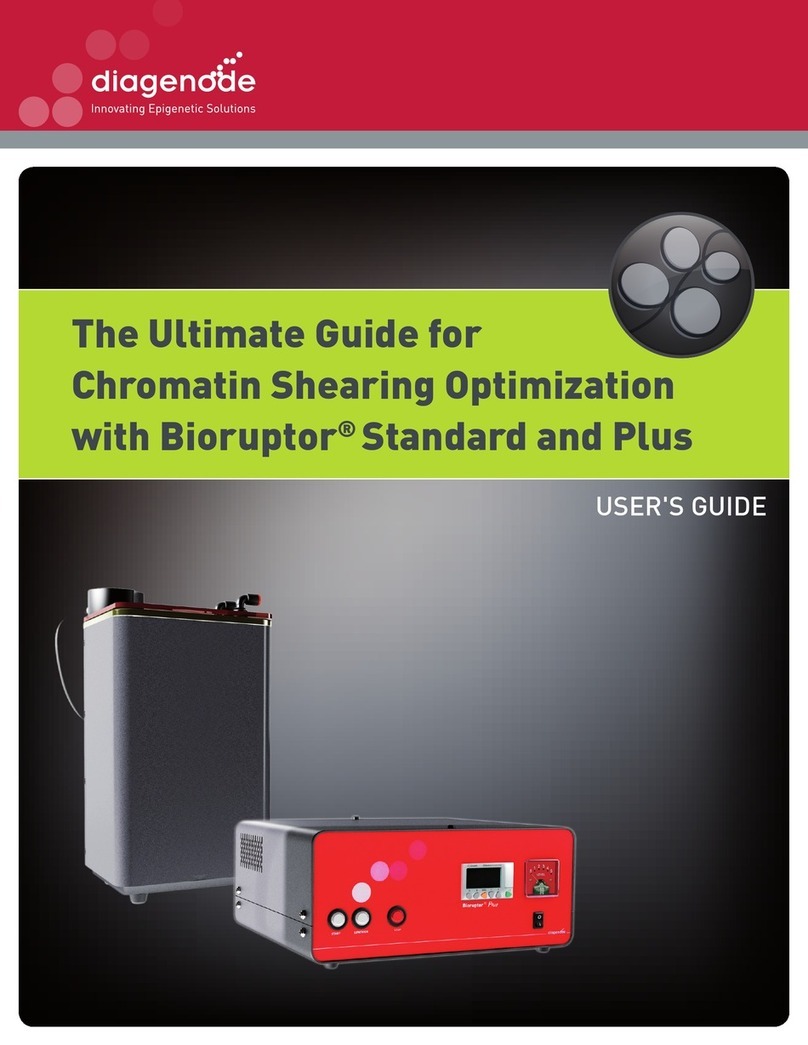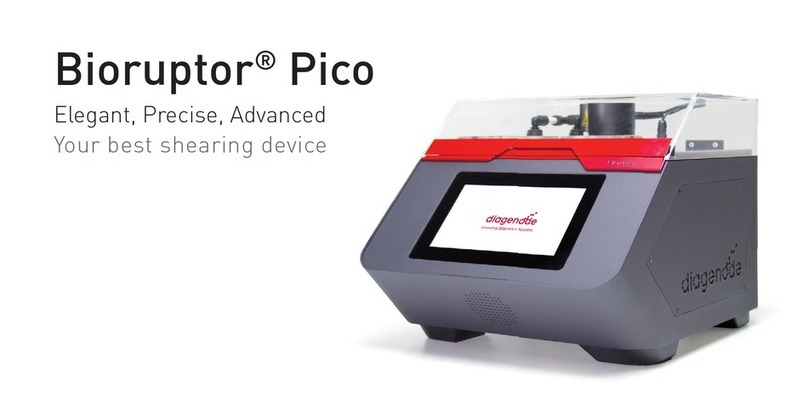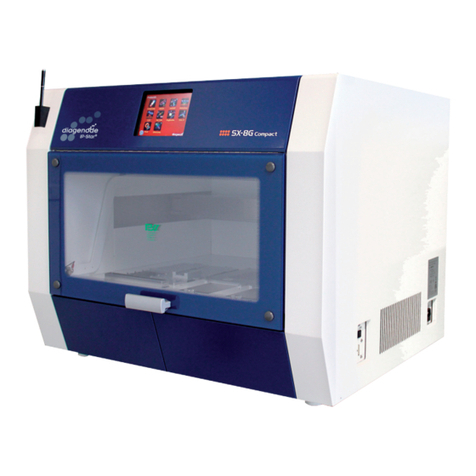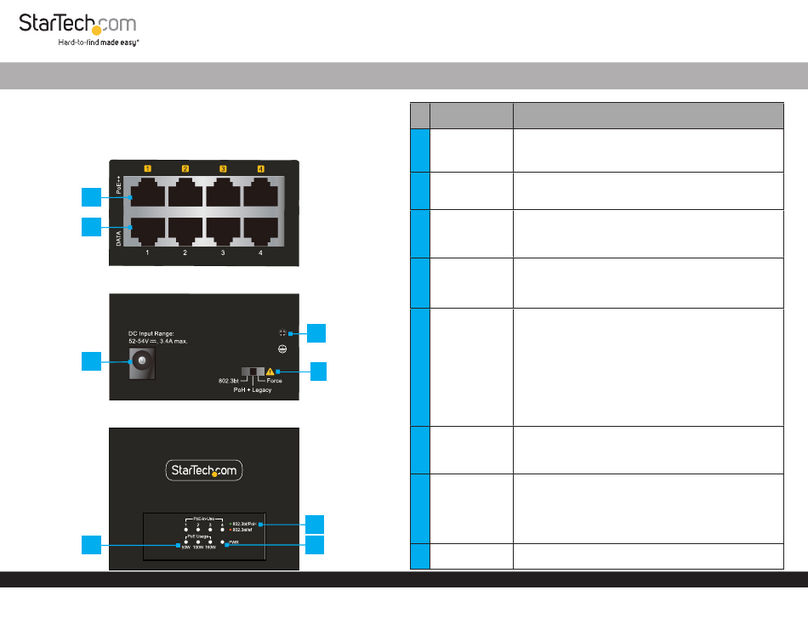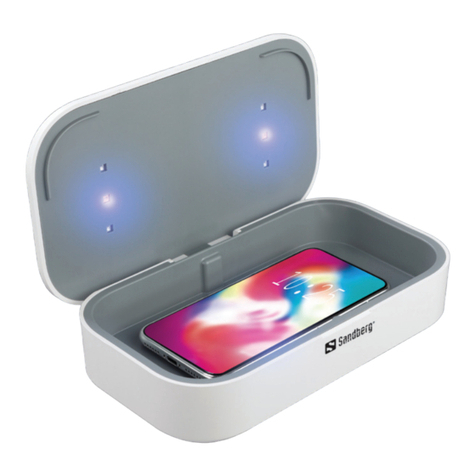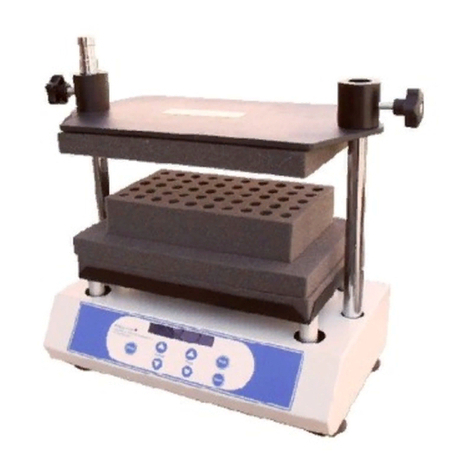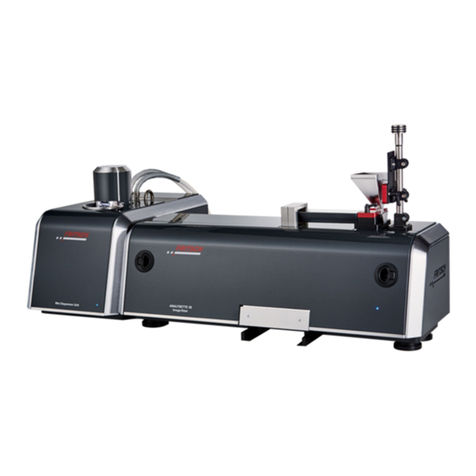
PAGE 20 DIAGENODE BIORUPTOR® PICO USER MANUAL
Innovating Epigenetic Solutions
Important comments about DNA shearing
The Diagenode ACT (Adaptative Cavitation Transfer technology) process is highly reproducible. However, attention must
be paid to the following treatment attributes to ensure best results:
• Tubes: At present, the recommended tube vessels are the 0.65 ml Bioruptor®Microtubes (New Cat. No. C30010011;
Old Cat. No. WA-005-0500). Pay attention not to damage the cap when closing the tubes since this could alter
sonication results.
• Sample volume: The recommended volume of the 0.65 ml Bioruptor®Microtubes (New Cat. No. C30010011; Old Cat.
No. WA-005-0500) is 100 µl. When using lower volumes (e.g. ≤50 µl), less reproducible results may be observed due
to an alteration of the ultrasonic waves distribution in the sample fluid; thus, reducing the efficiency of sonication
which may result in broader size distribution or larger peaks.
• Sample concentration: Diagenode recommends using DNA concentration ranging between 1 and
20 ng/µl (10 ng/µl recommended). Using larger concentration (e.g. 50-100 ng/µl) may result in broader peaks or
variable peak distribution.
• Sample preparation: Sample viscosity may have a major impact on sonication results. Careful resuspension of DNA
sample is strongly recommended before sonication processing. Multiple pipetting and gentle vortexing followed by a
short centrifugation to recover sample volume at the bottom of the tube is therefore strongly recommended. Storing
DNA samples on ice during 5-10 minutes before sonication has also been shown to improve reproducibility.
• DNA quality: DNA quality and quantity must be considered carefully since bad quality and quantity DNA may have
several impacts on sonication and Next-Gen sequencing downstream applications. First, DNA contamination
(e.g. from superfluous nucleic acids such as RNA, small nucleic acid fragments, excess proteins, or other
contaminating materials) may interfere with DNA measurement method leading to incorrect DNA quantitation thus.
Also contaminating RNA in genomic DNA preparation might generate a biased fragment distribution profile on
microfluidics-based platform (e.g. Agilent Bioanalyzer) or alter sonication effiency.
Therefore it is highly recommended to use only high quality DNA when sonicating DNA for Next-Gen sequencing
library preparation. The DNA sample to be processed should be highly pure, having an OD260/280 ratio of between 1.8
and 2.0, and should be as intact as possible. DNA extracted using standard techniques (e.g. Proteinase K digested,
double phenol/chloform extraction, ethanol precipitated, treatment with RNase-DNase free enzymatic digestion to
remove contaminant RNA) or commercial spin-column based kits are recommended.
• Water temperature: Propagation of ultrasound in a liquid unavoidably produces heat that can ultimately alter DNA
sample (e.g. by thermal denaturation). To ensure the best preservation of the sample, it is recommended to start the
sonication process with cold water in the water bath. During sonication, especially when doing long sonication runs,
the temperature must also be controlled. This is obtained by the automatic temperature control.
• Automatic temperature control: A recirculating
water cooler
is used to guarantee the automatic temperature control
of the water bath during the whole sonication process. This
water cooler
(New Cat. No. B0201002, 230V; B02010003,
115V; B02010004, 100V; Old Cat. No. BioAcc-Cool) produces a regular water flow with a constant water level in the
tank. An additional regulating valve (Single Cycle Valve, Cat. No. B02020004) ensures that water will only be replaced
during the off cycle to avoid any interference between the water flow and the sonication process.
• Sonication time: Minor adjustments in cycle number may be made to optimize results for various sample types and
concentrations. Cycle number listed above is a recommended guideline. Actual results may vary depending on the
amount and type of starting material, concentration, viscosity and/or plastic tubes. Diagenode recommends setting
up a time dose response experiment for determining appropriate cycle number. Larger length starting material (e.g.
total genomic DNA) and higher concentration may require a longer dose to ensure a homogeneous shearing result.
• Water bath: The sonication water bath is a critical component of the Bioruptor® Pico sonication system.
1. Water purity: Contaminants such as algae and particules may alter the ultrasonic waves propagation, resulting in
broader size distribution or larger peaks. Bath water should be pure distilled water, at least once per month.






















